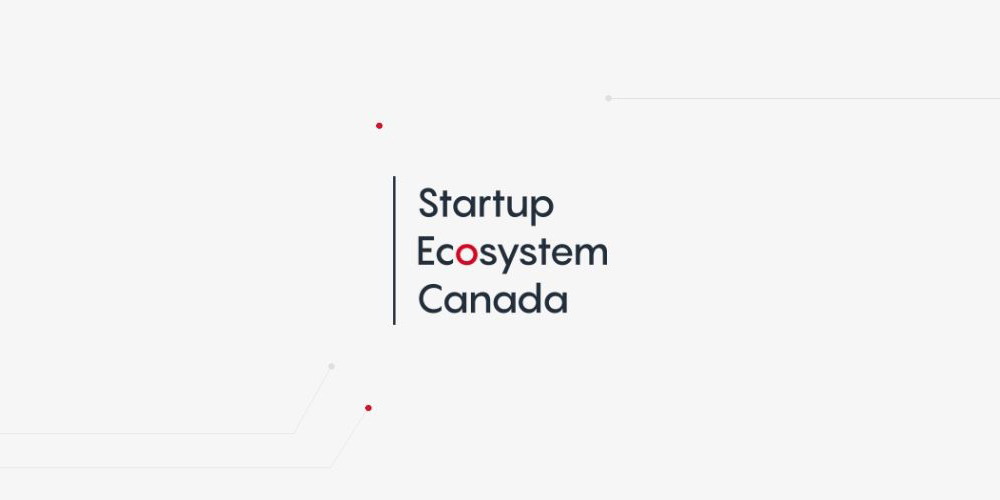In the evolving landscape of small business management, the integration of advanced technology has become a critical component for optimizing operations. A prominent example is Netstock’s recent launch of the ‘Opportunity Engine,’ a generative AI-powered tool designed to enhance inventory management for small businesses. This innovative tool represents a significant push toward automating and improving decision-making processes, raising important discussions regarding the scalability, cost-effectiveness, and overall impact of AI technologies on small to medium-sized enterprises (SMBs).
The Opportunity Engine operates by integrating seamlessly with existing customer dashboards and analyzing data sourced from Enterprise Resource Planning (ERP) software. This is a notable strength, as it allows businesses to utilize their current infrastructure without the need for extensive overhauls. By providing real-time recommendations, the tool has already issued over a million suggestions, with approximately 75% of users receiving insights valued at $50,000 or more. This immediate financial benefit serves as a compelling case for the ROI associated with adopting AI in business operations.
However, the tool also raises several considerations. For one, while real-time recommendations can optimize inventory processes, dependencies on automated systems can potentially reduce human oversight and critical thinking among staff. As seen in the case of Bargreen Ellingson, the family-run restaurant supply company that has yielded positive results from the Opportunity Engine, less-experienced staff members have been able to make more informed decisions. Yet, this shift towards reliance on AI could inadvertently diminish the importance of human expertise and intuitive judgment, particularly in industries where personalized service and intuition are valuable.
When comparing automation platforms like the Opportunity Engine to existing solutions such as Make and Zapier, distinct strengths and weaknesses become apparent. Both Make and Zapier serve as automation platforms that allow users to connect applications and automate workflows without coding. Make’s visual builder is known for its flexibility and ability to handle complex workflows, whereas Zapier offers user-friendly templates and integration with a broader range of applications. The decision between these platforms often hinges on the specific needs of the business. While Make may serve better for those requiring intricate automation, Zapier’s ease of use could appeal to SMBs with less technical expertise.
Cost is another critical factor in assessing the viability of these platforms. The Opportunity Engine, while providing evident value, may come with higher upfront investments associated with integrating AI into existing systems. In contrast, Make and Zapier usually operate on subscription models that vary in pricing based on usage and feature sets. The sustainability of these platforms in the long run often depends on the scaling needs of a business. For instance, Make’s flexibility may incur additional costs related to advanced features as a business grows, while Zapier’s streamlined approach could lead to limitations in scaling without additional investment.
The underlying question facing SMB leaders is not only whether these tools can optimize operations but also how they align with long-term strategic goals. When analyzing ROI, the successful implementation of such technology can lead to not only direct financial gains—exemplified by the Opportunity Engine’s notable output—but also indirect enhancements, such as operational efficiency and workforce productivity. Data-driven reasoning indicates that a proactive approach to adopting AI and automation can streamline inventory processes, reduce excess stock, and ultimately free up capital for reinvestment. Yet, a careful balance must be struck to ensure that technological advancements do not overshadow the human elements that drive businesses.
As automated systems gain traction, it is crucial for SMB leaders to maintain oversight and a comprehensive understanding of their technology’s capabilities. The potential for AI to influence employment dynamics cannot be ignored; this presents a dual challenge of leveraging technology for efficiency while safeguarding the human factor essential to business success. Responsibly integrating these tools involves an ongoing dialogue within organizations and a willingness to adapt staff roles to complement technological capabilities.
Reflecting on the immediate implications of tools like the Opportunity Engine, it is essential to recognize that advancements in AI and automation present both opportunities and challenges that require nuanced understanding and strategic foresight. Adopting such innovations should always be approached with an awareness of their broader impact on business practices and workforce engagement.
FlowMind AI Insight: The integration of AI into small businesses signifies a shift toward data-driven decision-making but necessitates careful implementation and human oversight to maximize benefits. As automation technologies continue to advance, SMBs must remain vigilant to ensure that they harness the potential of these tools without compromising workforce engagement and expertise.
Original article: Read here
2025-08-28 22:09:00

